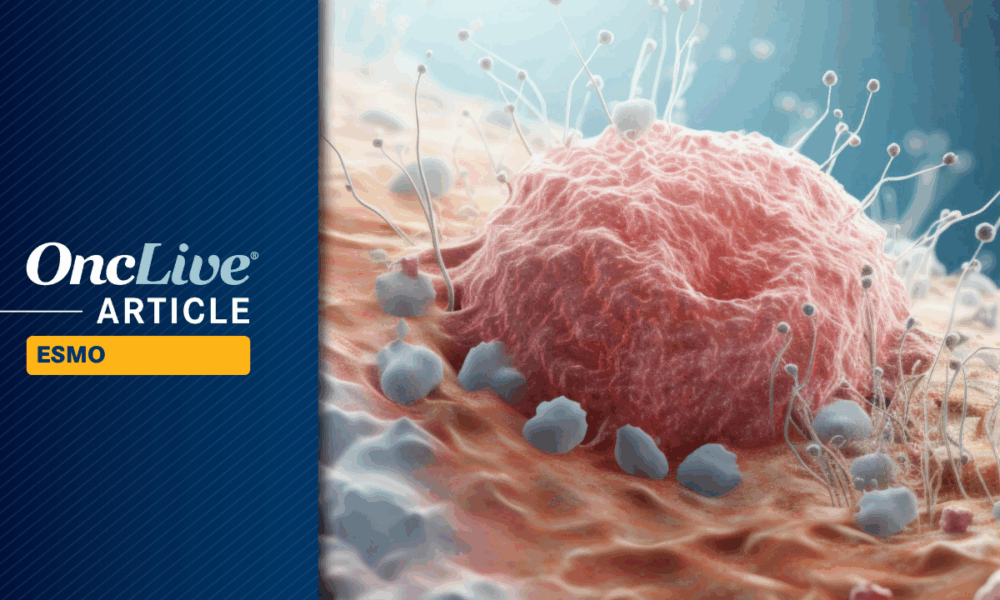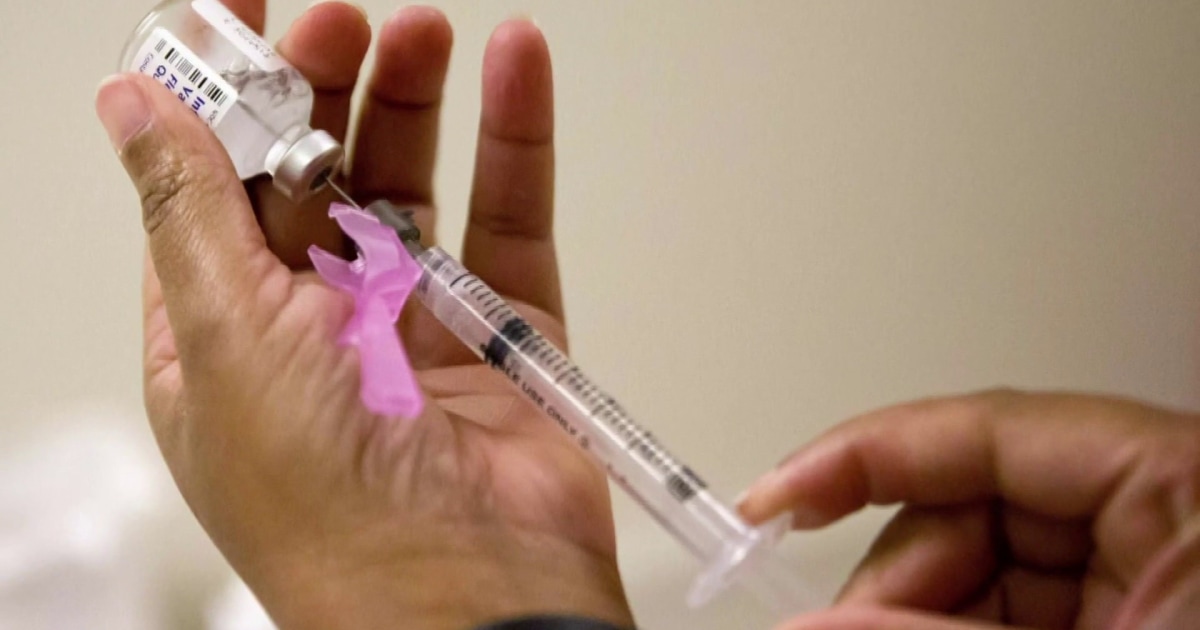The combination of BNT111 and cemiplimab-rwlc (Libtayo) has demonstrated a promising objective response rate (ORR) of 18.1% in patients with PD-(L)1-relapsed/refractory melanoma. This finding comes from data presented at the 2025 ESMO Congress, revealing that investigators were able to reject the null hypothesis of an ORR below 10% in this challenging patient population.
The clinical trial, known as the BNT111-01 study, involved a total of 180 patients and showed significant results. The best responses included a complete response (CR) rate of 11.7%, a partial response (PR) rate of 6.4%, and a stable disease (SD) rate of 37.2%. The overall disease control rate (DCR) reached 55.3%, indicating that more than half of the participants benefited from the treatment.
With a median follow-up of 15.7 months, the median progression-free survival (PFS) was reported at 3.1 months, with a 24-month PFS rate of 24.9%. The median overall survival (OS) for patients was 20.7 months, with a 24-month OS rate of 47.8%. These results suggest a statistically significant improvement over historical controls, according to Paolo Ascierto, MD, the lead study author and a full professor of oncology at the University of Napoli Federico II.
Ascierto noted, “The results indicated statistically significant improvement of BNT111 plus cemiplimab vs an assumed historical control ORR of 10% in heavily pretreated, PD-(L)1-relapsed/refractory advanced or metastatic cutaneous non-acral melanoma.” These findings support the potential of BNT111, which is an investigational uridine RNA-based lipoplex cancer immunotherapy targeting multiple tumor-associated antigens.
The BNT111-01 trial was designed as an open-label, randomized, multi-center study to evaluate the safety and efficacy of BNT111 in combination with cemiplimab as a second-line therapy for patients with unresectable stage III or IV melanoma. Eligible patients had to display measurable disease, possess serum lactate dehydrogenase levels below the upper limit of normal, and had undergone up to five prior lines of therapy, including ipilimumab (Yervoy).
Patients were assigned in a 2:1:1 ratio to receive either the combination therapy, BNT111 monotherapy, or cemiplimab monotherapy, each for a duration of up to 24 months. Those receiving monotherapy were permitted to add the other agent upon disease progression confirmation.
The primary endpoint of the study was the ORR as assessed by a blinded independent central review according to RECIST 1.1, compared against the assumed historical ORR of 10%. Secondary endpoints included the ORR across all treatment arms, duration of response, DCR, time to response, PFS, OS, safety, tolerability, and patient-reported outcomes.
Baseline characteristics revealed that the median age of participants in the combination arm was 64.0 years, with a predominance of male patients (63.8%), and a majority having an ECOG performance status of 0 (78.7%). Most participants presented with stage IV disease (97.9%), and a significant portion were PD-(L)1 refractory (56.4%) and had liver metastases (25.5%).
In examining the efficacy of BNT111 alone, the ORR was reported at 17.4% with a DCR of 58.7%. In contrast, cemiplimab monotherapy yielded an ORR of 13.6% and a DCR of 47.7%. The median follow-up in the BNT111 arm was 11.8 months, while the cemiplimab arm had a median follow-up of 16.9 months.
Regarding safety, the combination therapy exhibited manageable treatment-emergent adverse effects (TEAEs). Notable TEAEs in the combination arm included pyrexia (any grade, 76.1%), hypertension (any grade, 12.0%), and fatigue (any grade, 25.0%). The study reported that TEAEs were related to BNT111 in 97.8% of cases, with a significant proportion being grade 3 or higher.
Ascierto concluded, “BNT111, both as a monotherapy and in combination therapy, exhibited a manageable safety profile, which is primarily driven by the induction of cytokines through toll-like receptors by the single-stranded RNA immunotherapy.”
The findings from this phase 2 trial are expected to contribute significantly to the ongoing exploration of treatment options for patients with advanced melanoma, particularly those who have limited responses to current therapies. The positive topline results were initially announced in July 2024, following the fast track designation granted by the FDA for BNT111 as a potential treatment for advanced melanoma.






